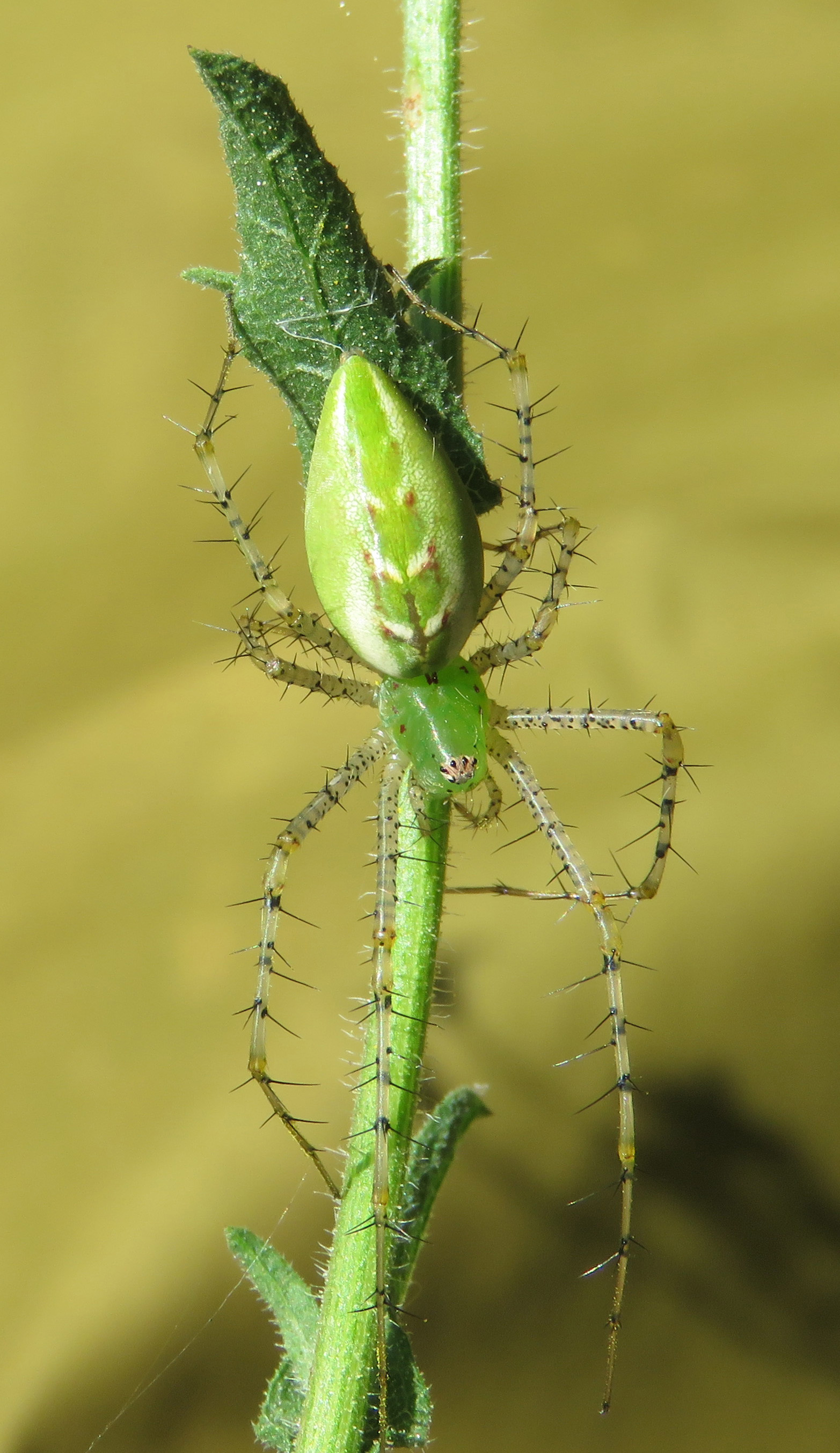1940s Pattern Books from the Home Front
It’s been a while since I dipped into the treasure trove of pattern books I got in an auction.
As I wrote a few posts back, during the 1940s, the original pattern collectors, Minnie and Olive, did quite a lot for the war effort. But they also kept busy with making things for themselves, babies, and homes.
Olive married Minnie’s son Louis in 1940, and in that first year of her marriage, at least 22 books, patterns, and sets of iron-on transfers were purchased. One book was for women’s accessories (another book on crocheted neckwear), one for socks for the family, two for men’s sweaters, and all the rest were for household goods, ranging from doilies to bedspreads.
Here is one of the books of men’s knits, with famous radio personalities modeling the knits:
I was thinking that Minnie and Olive probably knit while listening to the radio, and that through the wonder of the internet, we could listen to things they might have heard. So I looked up Rudy Vallee, and oh my goodness, y’all really need to listen to this! It is called “Plaza 6-9423,” a recording from 1940, and the complexity of the lyrics and the slightly off-color topic really surprised me.
And here is the flip side of that record, “Six Women (Me and Henry the Eighth),” and this song is amusing also:
And here is a whole show from Fred Allen in 1940, in which an eagle flew off above the audience:
Needlework books in the early 1940s reflected the war. The inside front cover of this Star Book for the home encouraged women to keep creating as usual — “In times like these it is necessary to make our homes bright and cheerful. American needs the woman who keeps her fingers flying — makes every moment count. Beautiful crocheted, knitted and tatted household items can do much to reflect our confident, courageous, and cheerful attitude.”
Well, Minnie and Olive were surely trying to do their part, because from the 1940s I count at least 53 patterns and pattern books in their collection. (There are probably more, because many of them are not dated.)
In 1941, Minnie and Olive bought a book of patterns for baby clothes, and from then on, they bought about one baby book a year.
Here is a baby bib that looks much too small to be effective, but guess what? I have that same bib from my own family!
I had never heard of “soakers” but there were lots of patterns for them. According to this timeline, rubber pants to cover diapers had been invented in 1910, but lots of people didn’t like to use them because they gave the babies rashes, and preferred to use these knitted diaper covers.
And here is a handknit sunsuit to make in either cotton or wool, just as Sue talked about in her guest post.
And as if new parents aren’t anxious enough, there were some stereotypes included:
It must have been hard to get the kids to pose — some companies used dolls, or just showed the garments laid out flat. I love these photos that capture kids’ behaviors:
I hope you have enjoyed this look at baby patterns from the 1940s. Next up, we will get into the dramatic and colorful illustrations from the 1950s!
































What a treasure trove! I love articles that share a glimpse of how people really thought and reacted and the things they created in the 40s. Are you going to try to make any of these?
Whoo! I don’t think so. I am not much of a knitter or crocheter. I did knit a little pair of overalls for my first child back in the 80s, but they didn’t have snaps on the legs, so when I realized I was going to have to take them all the way off to change a diaper, I did not put them on her again! 🙂
Heh!
I’m pretty sure I have that small bib, too – I just came across it today as I’m moving from room to room. It is so neatly done, but yes, much too small other than maybe for a dribble bib (pretty sure they weren’t called that back then). I remember having an old pair of rubber pants for one of my dolls, and I can see why soakers were the more popular choice!
My goodness, I have one of those bibs. It’s totally pristine so I suspect it was never on me.
Holy cow! My family missed this entire era of needlework because Granny worked in an army hospital and Mother was in the army. I think it may be just as well. Those baby clothes–yikes! Dirty in 5 minutes after all that work!
Wow! Have you written about your family’s service anywhere? That would be a fascinating history to read!
And I think that even though you didn’t have the useless little bib that Wendy of Pieceful Thoughts, Joanna of Snarky Quilter, and I all had, you turned out all right anyway! 🙂
As it happens, I’ll be writing about my parents’ service in a few weeks when I show the Quilts of Valor I just made. Now that you mention it, I think I’ll go back and add more details.
Keeping Fingers Flying – awesome!
You have quite the collection you found at auction!